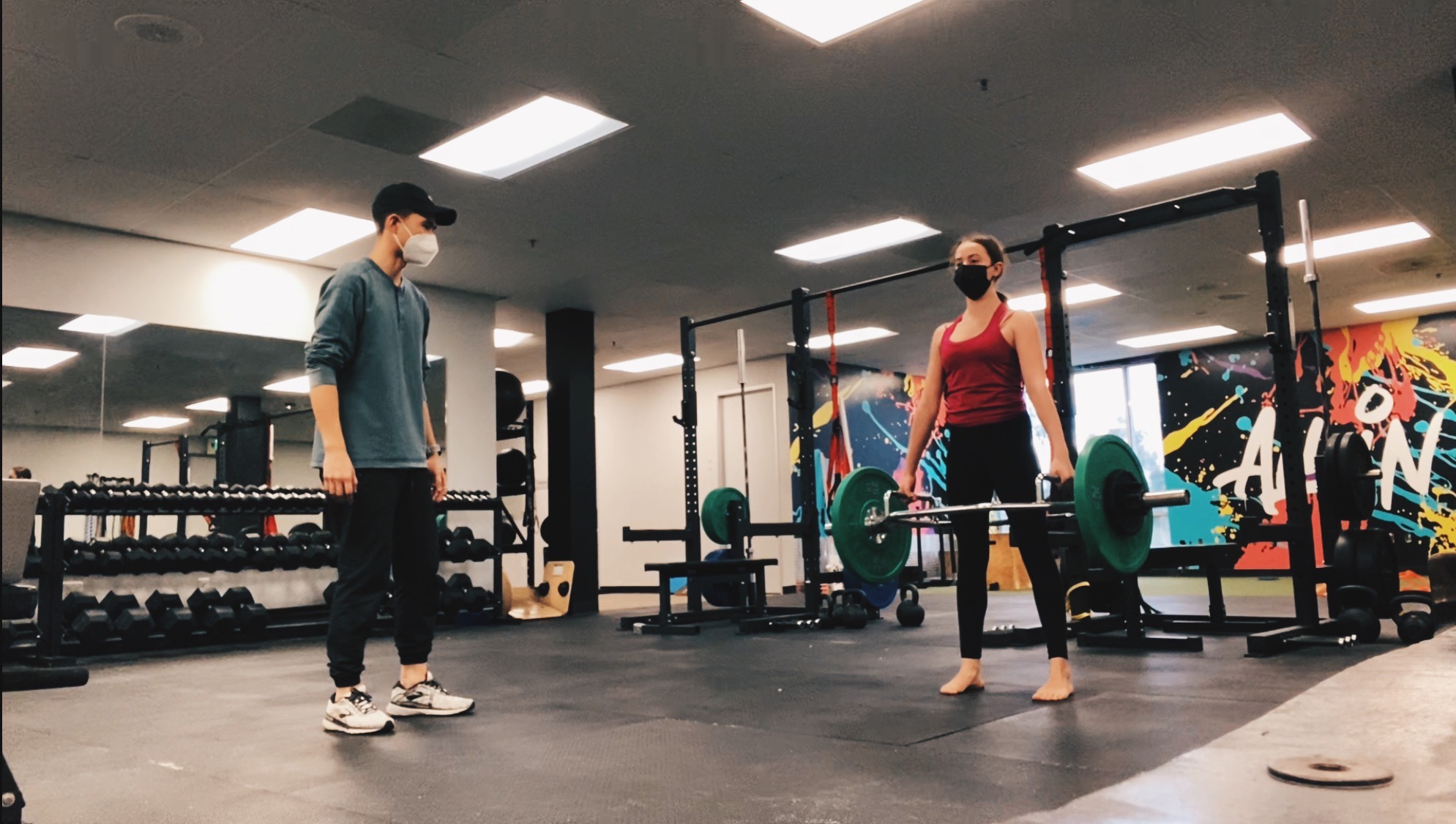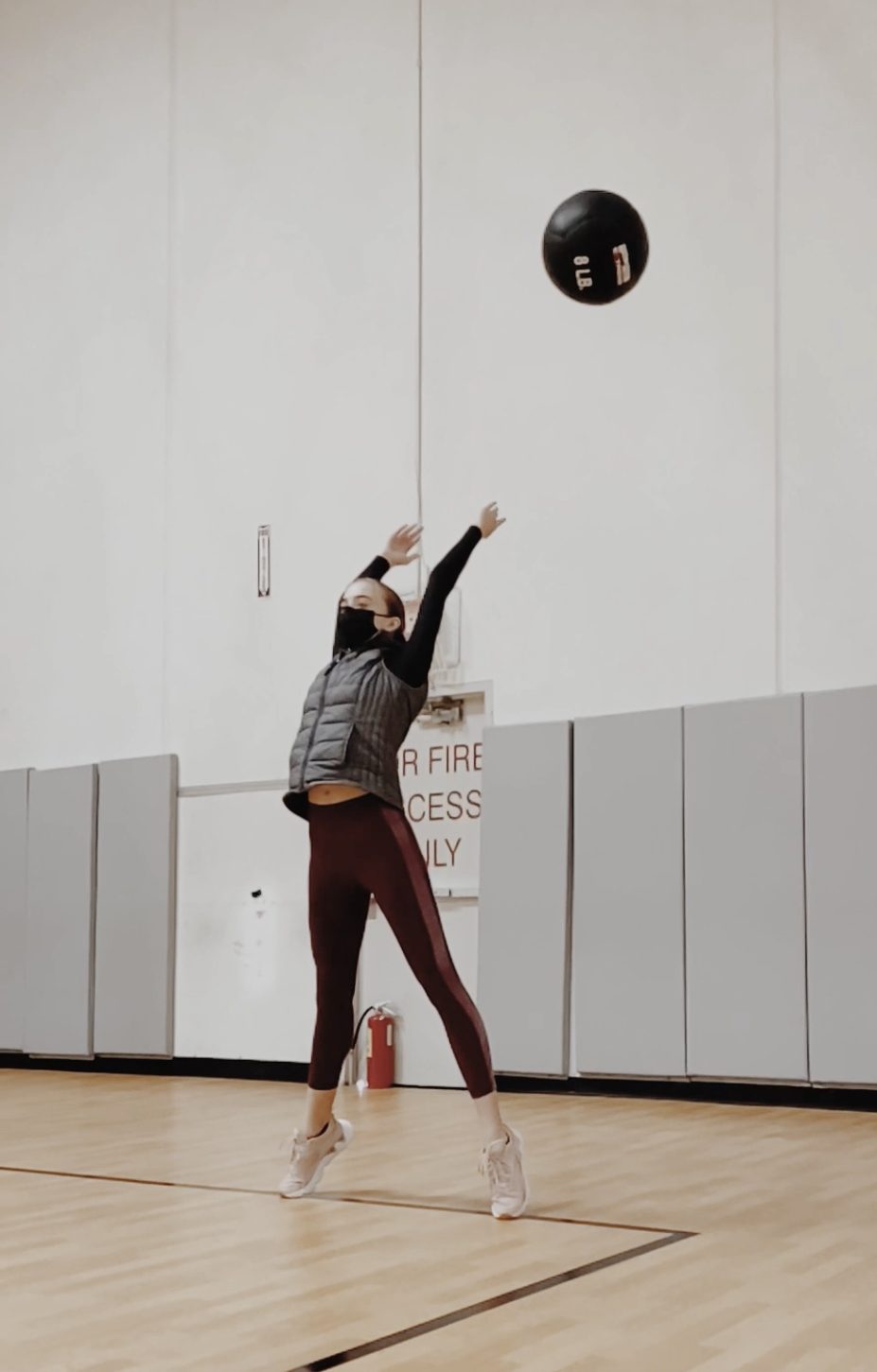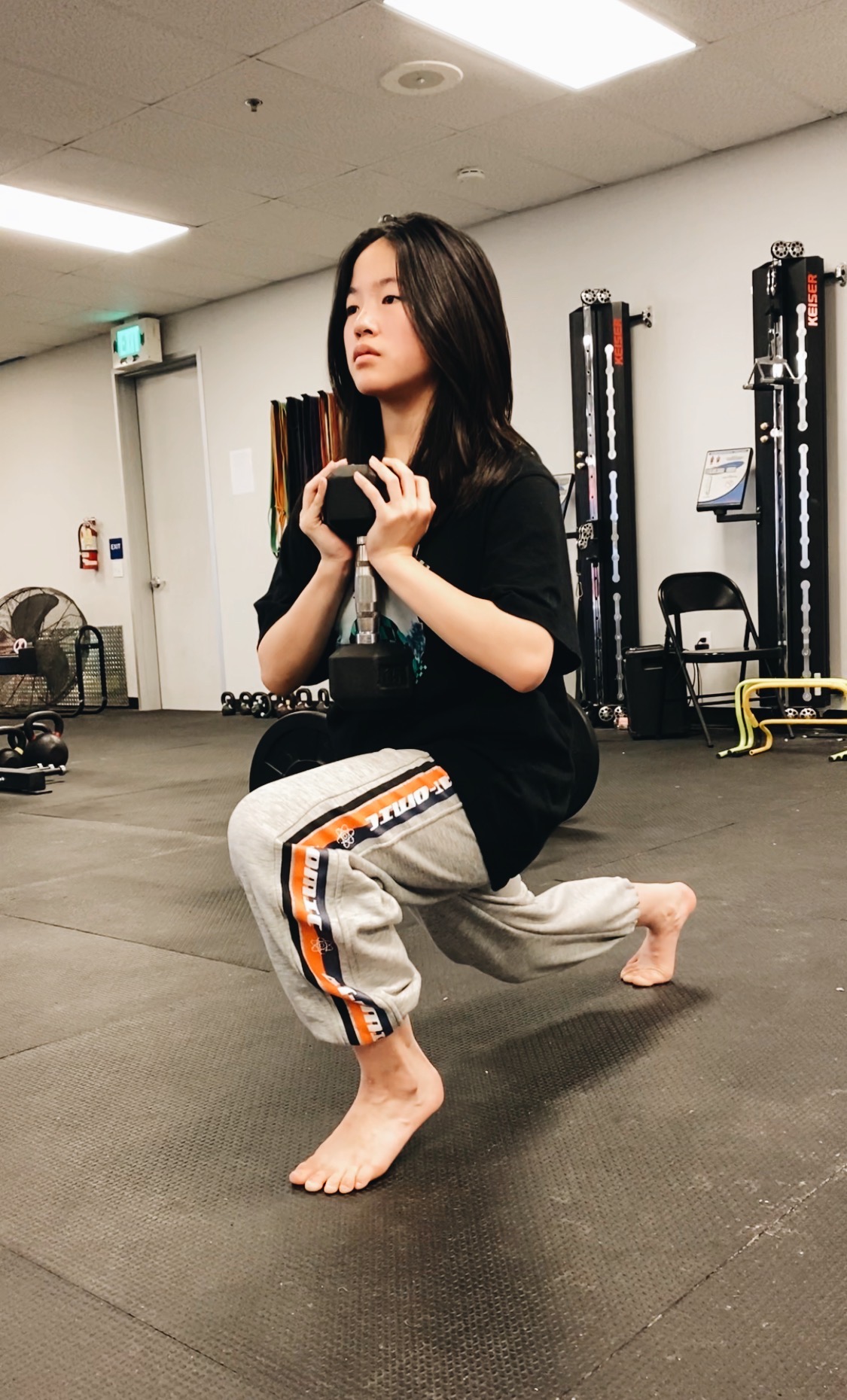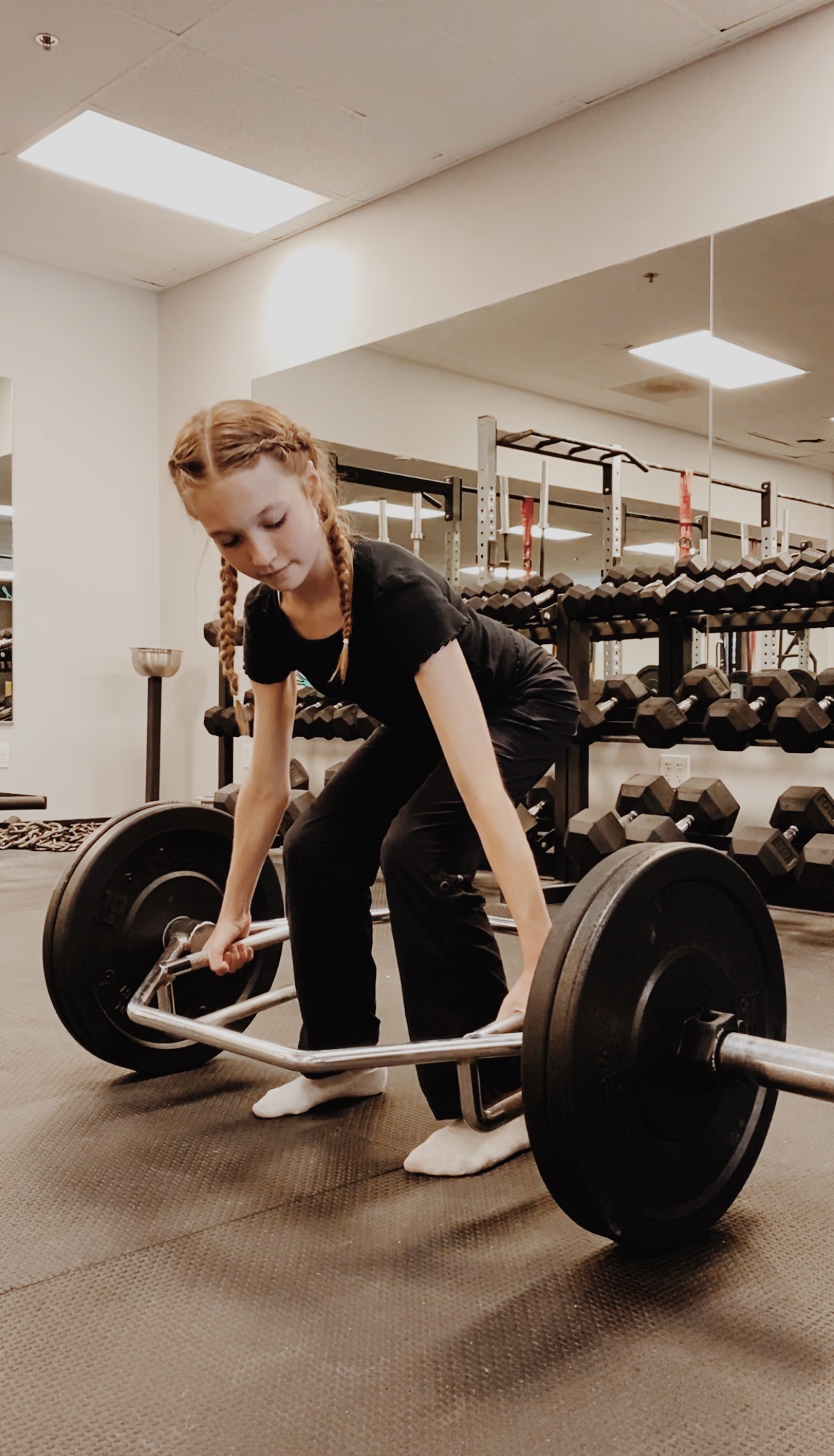

Compiled and written by: Robert Tsai, PT, DPT
Updated 4/19/2020
Special thanks to Dr. Christopher Kuo M.D., and Dr. Maheen Siddiqi M.D. for their expert consultation and contributions.
Traditionally, weight training and resistance training hasn't been a staple part of dance training. It is understandable that images of heavy weights, gym settings, or large bulky muscles do not instill feelings of confidence and may appear intimidating or irrelevant to the dancer and their training.
If you are a parent or perhaps a younger dancer yourself, we understand that common concerns you might have are:
... is resistance training safe?
... does it make sense as a dancer?
... will it ruin my dance aesthetic and lines?
... will I lose flexibility?
At DANCE|PREHAB, we aim to dispel feelings of uncertainty for young dancers, parents, educators, and studio owners when it comes to resistance training. It is our priority to ensure that we are approaching our work with young dancers safely, effectively, purposefully, to help build strength and confidence.
Here, we will introduce resistance training and five common questions:
Strength training that involves the progressive use of various loads, different movement velocities, and a variety of training methods to improve muscle strength, muscular power, and local muscular endurance.
These methods may include body weight, free weights, weight machines, resistance bands, suspension systems, medicine balls, and many other methods.
Resistance training is beneficial to the immature skeleton in several ways. Increased resistance training and loading on the skeleton results in positive changes in the bone mineral content and increase in bone strength which in turn decreases risk of fractures.
Resistance training, coinciding with the higher levels of neural plasticity during periods of growth allow for "acquisition of protective fundamental motor skills, foundational strength, and the desire to be physically active.


If age-appropriate guidelines are followed, resistance training can be absolutely safe for young dancers. In past research it was found that injuries in youth resistance training generally a result of: (1) Improper exercise technique and design, (2) Improper training load and (3) lack of qualified supervision.
In the youth sporting population, injury risk is not dramatically elevated by lifting and can be minimized with effective training program development, supervision, and effective lifting form education.
In addition, transfer of foundational resistance training techniques must be performed, progressed, and applied appropriately and consistently to ensure long term benefits from resistance training for the young adolescent dancer.

Resistance training in the youth athlete population has widely demonstrated strength improvement, even in childhood. This is due to nervous system adaptations, and increased nerve-muscle connections instead of increased muscle size. Higher levels of neural plasticity during periods of growth allow for "acquisition of protective fundamental motor skills, foundational strength, and the desire to be physically active.
Significant improvements in muscular strength during childhood and early adolescence can be achieved in both sexes by:
- Exercise with free weights and weight machines
- 2-3 days per week
- 8-12 week durations
Resistance training programs that are specific and targeted should be centered around the dancer's goals, focusing on motor skill, coordination, balance, in order to safely progress to strength. When it comes to resistance training for dance, goals may include class-specific or choreography-specific requirements at the time, such as particular roles (Nutcracker) or multiple performances (Nutcracker during Christmas).
The demands of the dancer, on an individual or group setting, will always vary, therefore a successful prehab program must be reflective of performance.
In the developing dancer, dance training usually increases in intensity during times of rapid growth, which also increases risk of injury. Bones in the leg (femur/tibia) often grow at an increased rate, which means learning how to effectively stabilize with the abdominals become increasingly important.
In the adult dancer, dance injuries have been linked to low levels of physical fitness. Female professional ballet dancers often exhibit decreased upper extremity strength in relation to lower extremity strength. Supplemental resistance training programs have been shown to improve muscular endurance and anaerobic power in professional dancers, and these concepts can be instilled early to cultivate increased awareness from an early age.
"If a child is ready for participating in sporting activities, (generally age 7 or 8), then [they] are ready for some type of resistance training."
"...the act of resistance training in and of itself does not ensure that favorable changes... rather, individual effort combined with a well-designed training program ultimately will determine the adaptations that take place.
Young dancers with pre-existing conditions should also consult a medical professional prior to engaging in resistance training to determine appropriate levels of participation. "Youth with uncontrolled hypertension, seizure disorders, or a history of childhood cancer and chemotherapy should be withheld from participation until additional treatment or evaluation."
- Provide qualified instruction and close supervision
- Ensure exercise environment is safe and free of hazards
- Begin each session with a dynamic warm-up
- Practice all lifts without weights to make sure form and technique are correct. As techniques are mastered, weight can be slowly added.
- Work all major muscle groups including the core. Joint should be moved through a full range of motion.
- Warm up and cool down for at least 10 minutes
- Perform 2-3 sets of 8 to 15 repetitions
- Train 2-3 times per week for 20-30 minutes
- Train for a minimum of 8 weeks
- Include aerobic training along with strength training.
- Stracciolini A, et al. Resistance Training for Female Pediatric Dancers. Journal of Dance Medicine & Science. 2016;20(2):64-71
- Legerlotz K, Marzilger R, Bohm S, et al. Physiological Adaptations following Resistance Training in Youth Athletes-A Narrative Review. Pediatr Exerc Sci 2016;28:501-20. 10.1123/pes.2016-0023
- Granacher U, Lesinski M, Büsch D, et al. Effects of Resistance Training in Youth Athletes on Muscular Fitness and Athletic Performance: A Conceptual Model for Long-Term Athlete Development. Front Physiol 2016;7:164.
- Miller MG, Cheatham CC, Patel ND. Resistance training for adolescents. Pediatr Clin North Am 2010;57:671-82.
- Faigenbaum, Avery D., and Gregory D. Myer. "Pediatric Resistance Training". Current Sports Medicine Reports, vol 9, no. 3, 2010, pp. 161-168.
- Zwolski, Christin et al. "Resistance Training In Youth: Laying The Foundation For Injury Prevention And Physical Literacy". Sports Health: A Multidisciplinary Approach, vol 9, no. 5, 2017, pp. 436-443.
- MItchell, Siobhan. The Growing Dancer: Physiological Challenges. 2018, https://www.onedanceuk.org/wp-content/uploads/2018/03/One-Dance-UK-The-growing-dancer-Physiological-challenges-by-Siobhan-Mitchell.pdf.
